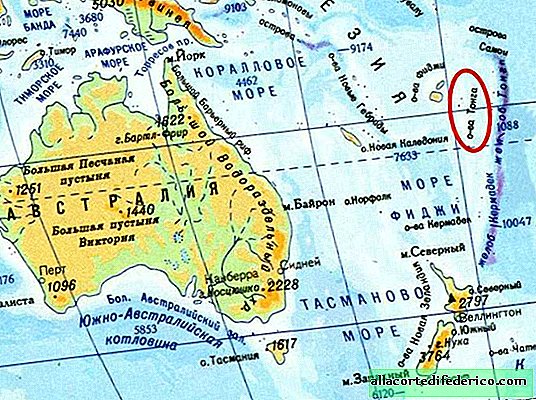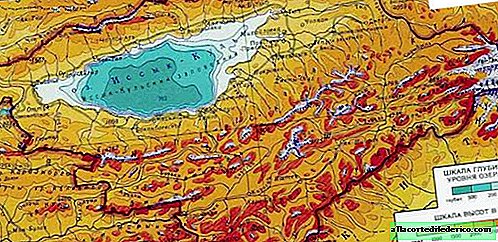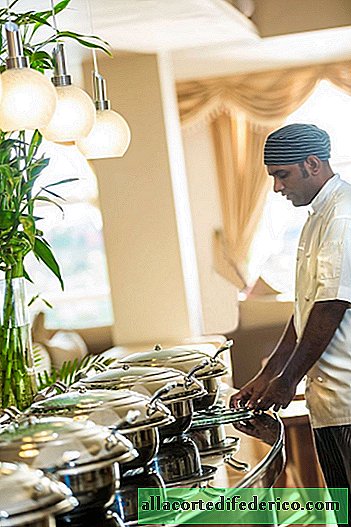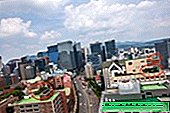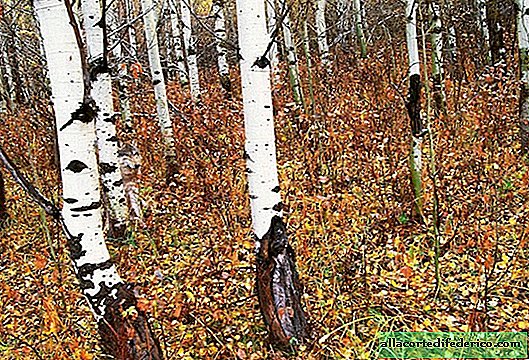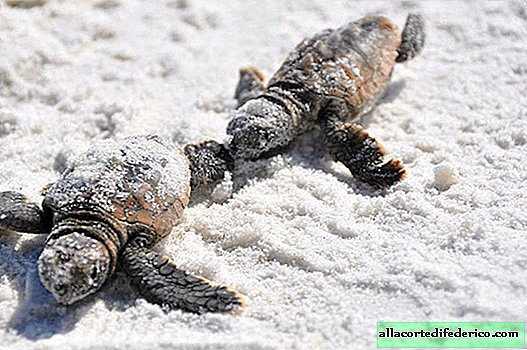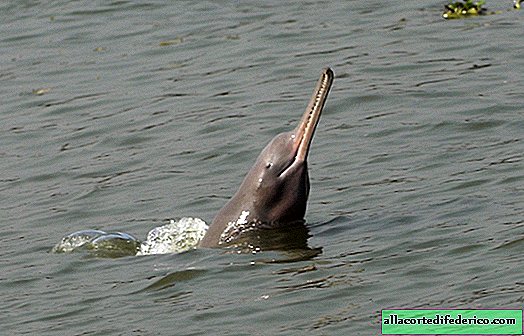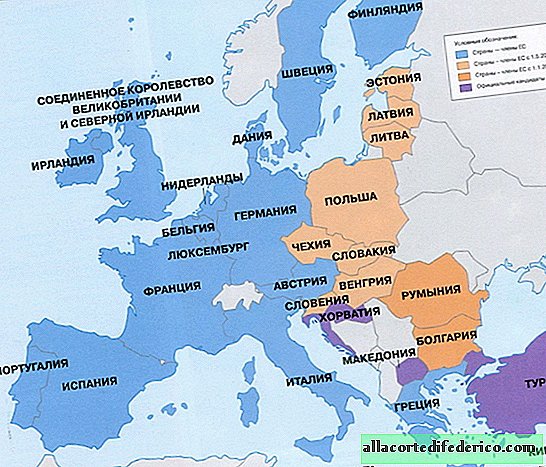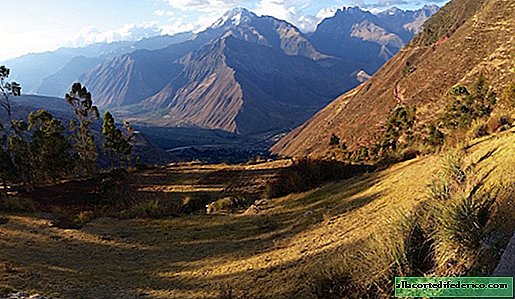Farm in the ocean: how to grow seaweed
The global seafood industry is gradually shifting to the artificial cultivation of marine animals and plants that people eat. If in the seas of our country algae are traditionally harvested in their natural habitat, then in the countries of Southeast Asia, where the scale of consumption of seafood is several times higher than domestic, long ago they switched to the cultivation of algae on special farms. This is more profitable than catching production on the high seas, and the result is more predictable.
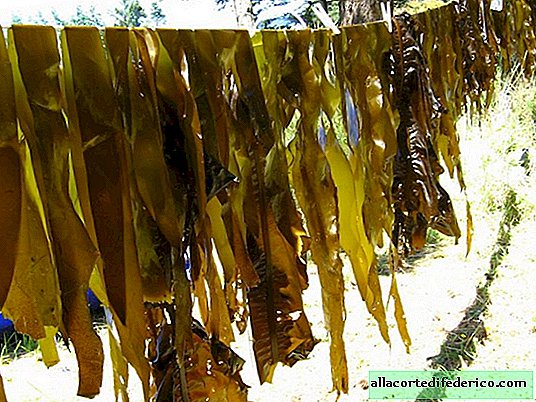 Drying kelp
Drying kelpLaminaria, a representative of brown algae, is known to many residents of our country under the name sea kale. The most popular is Japanese kelp and sugar kelp. But, it turns out, besides it, other representatives of this class of plants are also consumed: undaria cirrus, fucus algae, edible alaria, macrocystis. Farmers collect wild specimens of the desired species of algae, and then isolate spores for germination and further propagation. Well, then everything happens as on an ordinary agricultural farm, with the only difference being that pets do not require such cares as their brothers, growing in the fields.
 Kelp
KelpLaminaria is a cold-loving plant that prefers seawater with a temperature of +8 to +15 degrees. At higher temperatures, it ceases to reproduce naturally. From seedlings to harvesting kelp takes 2 years. In our country, back in the 60s of the last century, experiments were conducted on growing sea kale (kelp) in one of the bays of the Barents Sea. Special wooden cells were lowered into the water, on which healthy brown algae grew and developed perfectly. Despite the fact that the experiments were successful, in Russia they mainly produce wild-growing kelp. Although there are a number of enterprises in the Far East that are engaged in the artificial cultivation of seaweed.
 Nori algae cultivation
Nori algae cultivationIn addition to brown algae, red and green algae are also consumed. In Japan, nori is very popular - a representative of red algae and ulva, green algae, better known as sea salad.
 Ulva - green algae
Ulva - green algaeLaminaria and other types of edible algae are successfully grown off the coast of Japan, Korea and China. Fans value seaweed products for their high content of vitamins, minerals and antioxidants. The popularity of algae aquaculture is increasing every year, and similar farms have already appeared on the other side of the planet - in the USA. Experts are sure that brown algae growing has a great future. They are used not only in the food industry, but also in cosmetology, medicine, and act as additives to the main nutrition on livestock farms. In addition, they can be used as raw materials for the production of biofuels, and in their effectiveness they even surpass the famous plant analogues - soy and canola.



